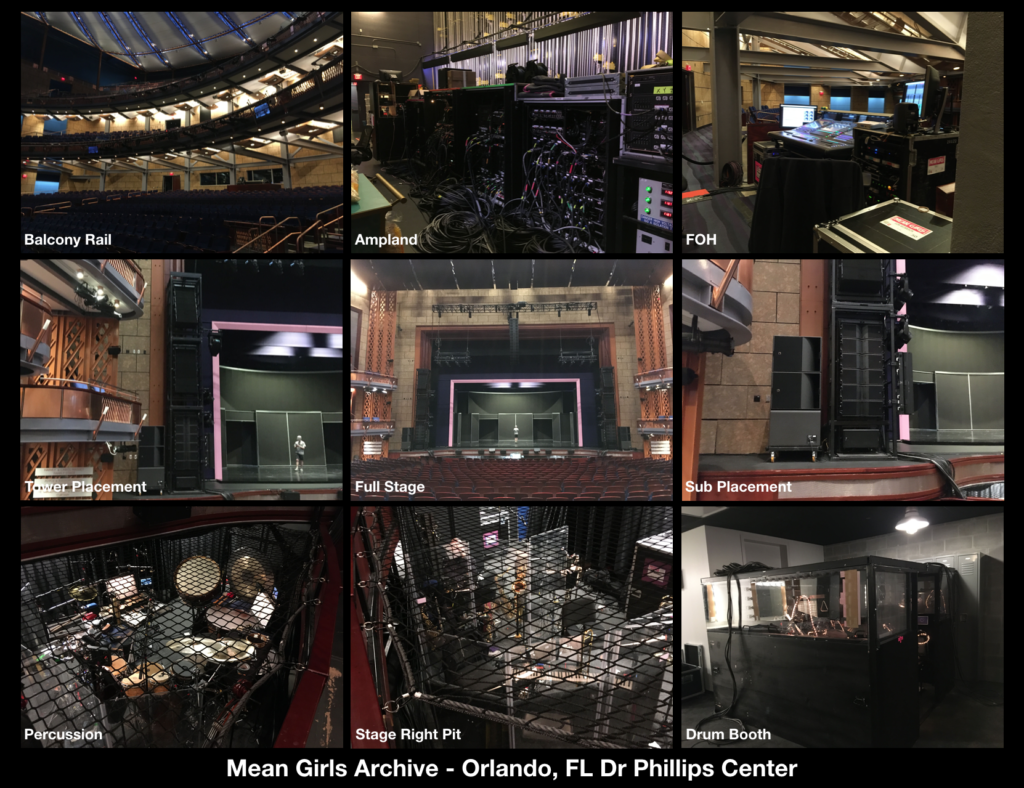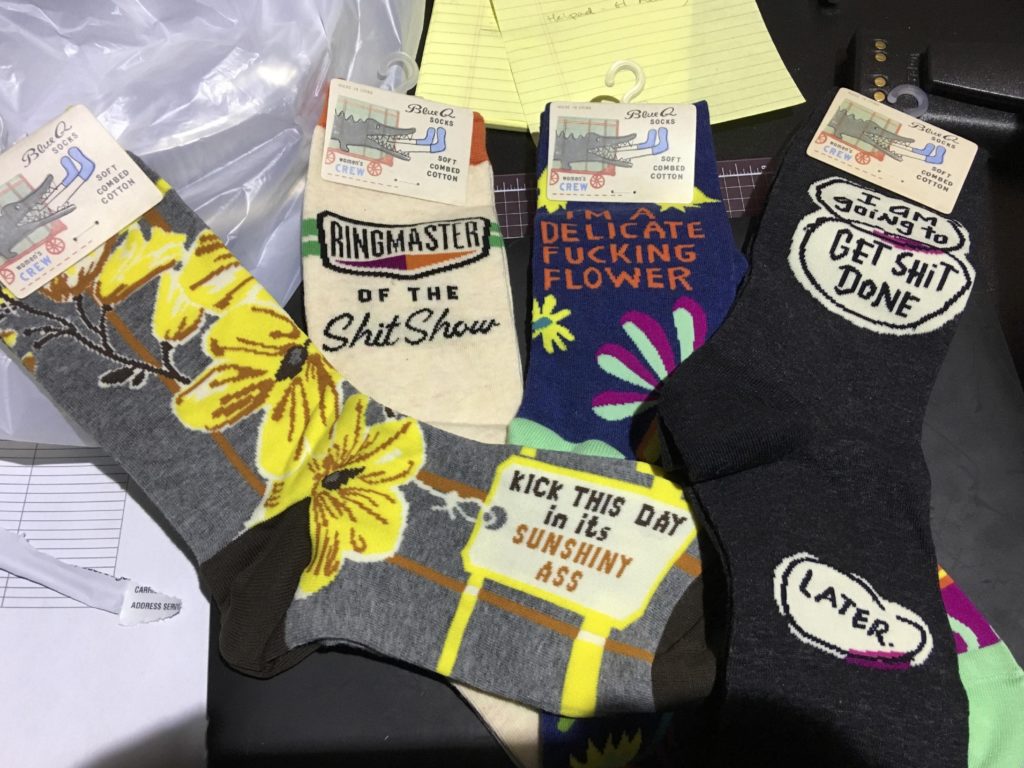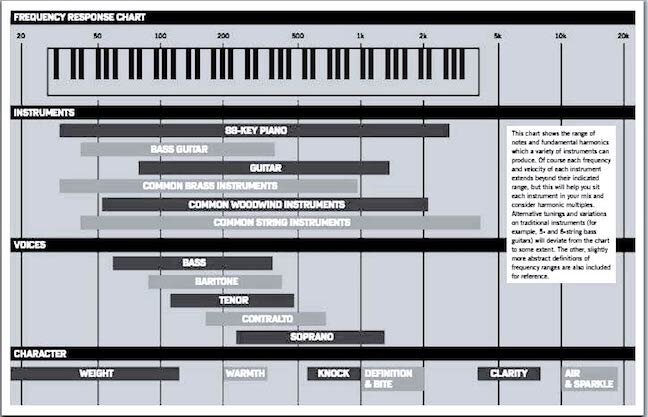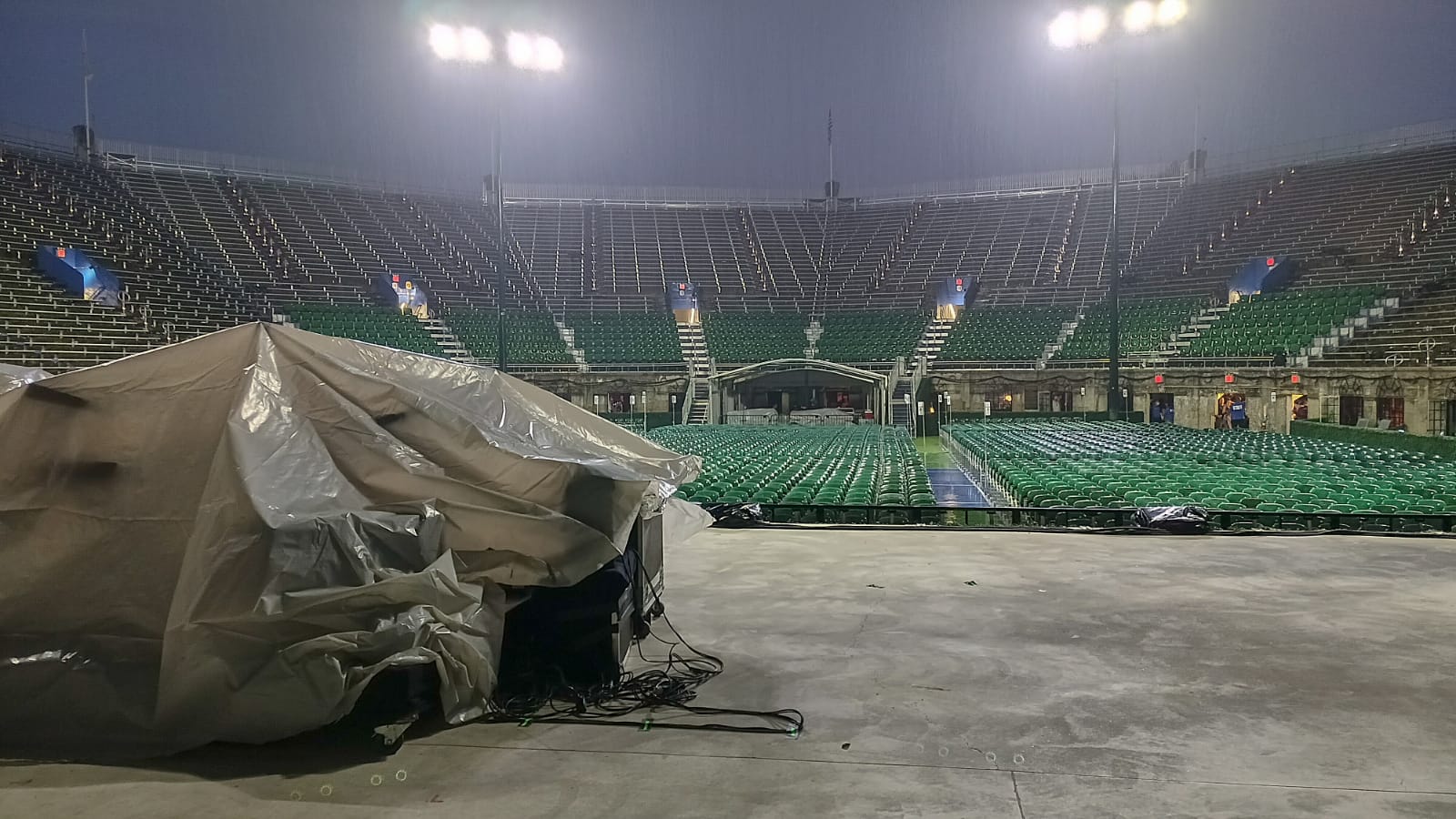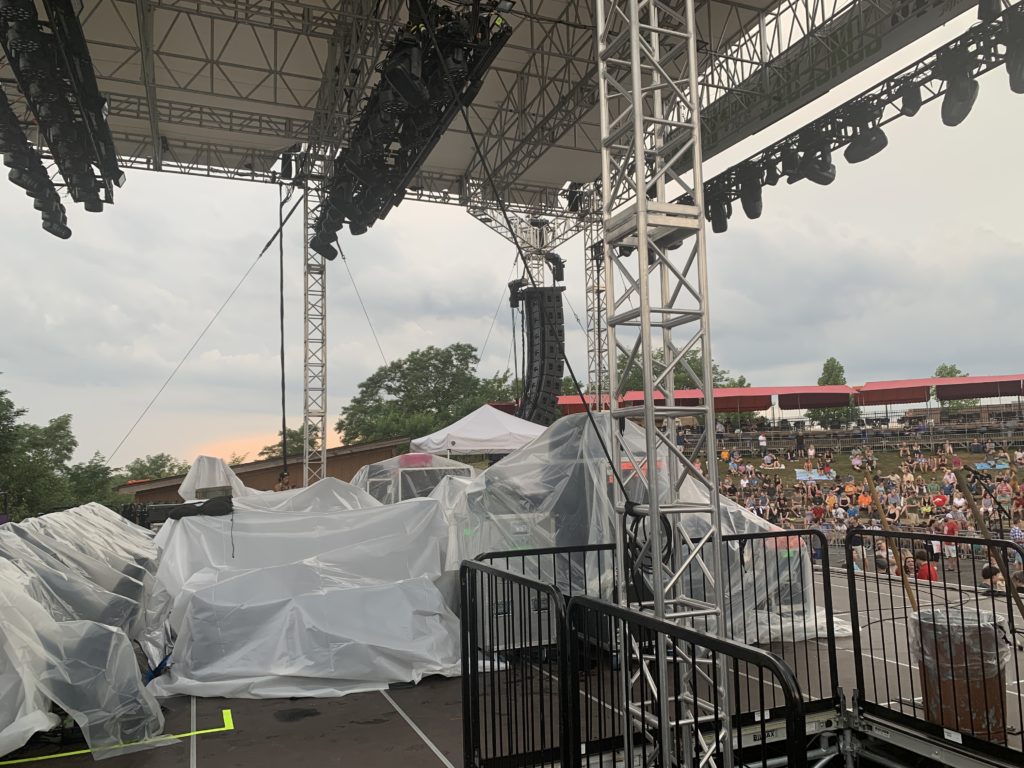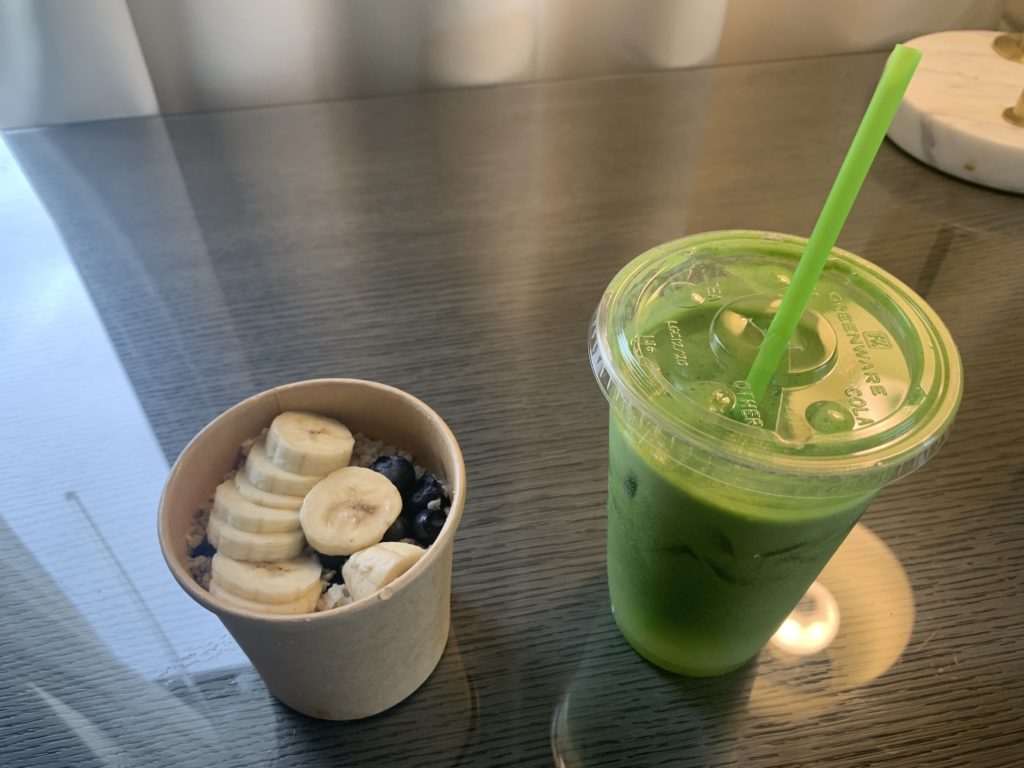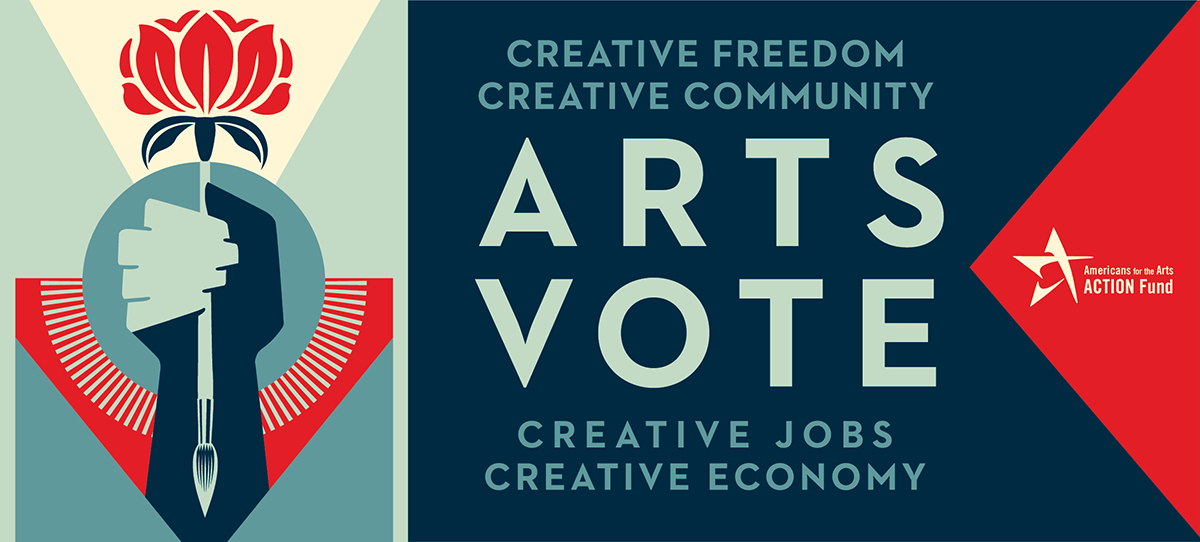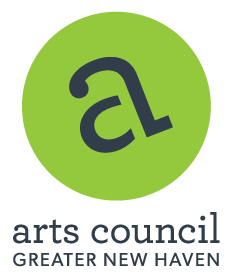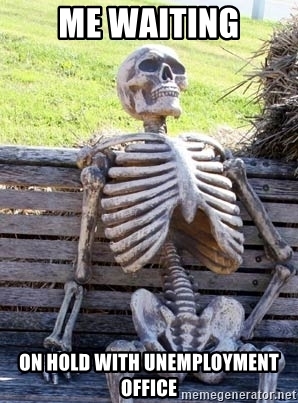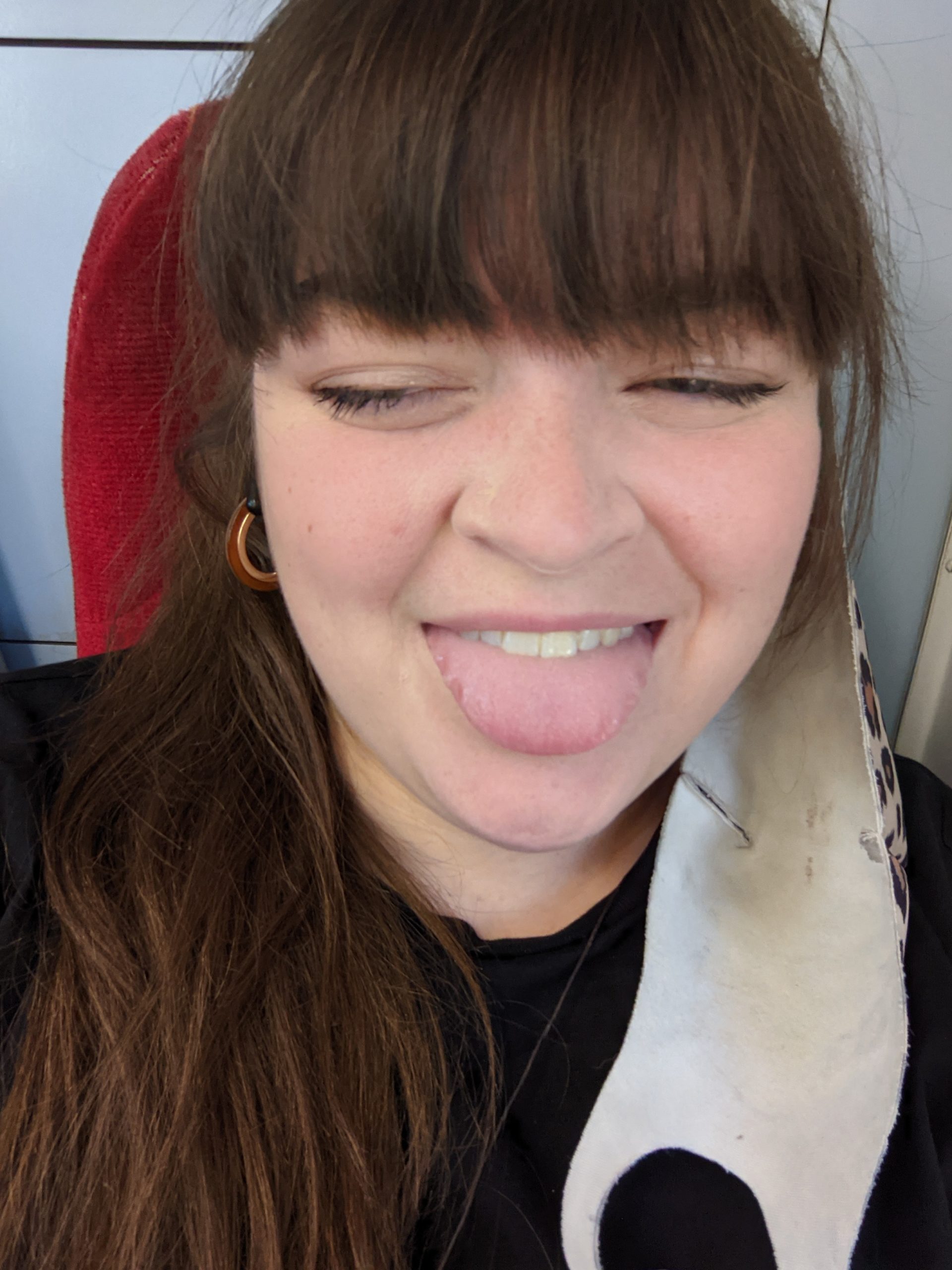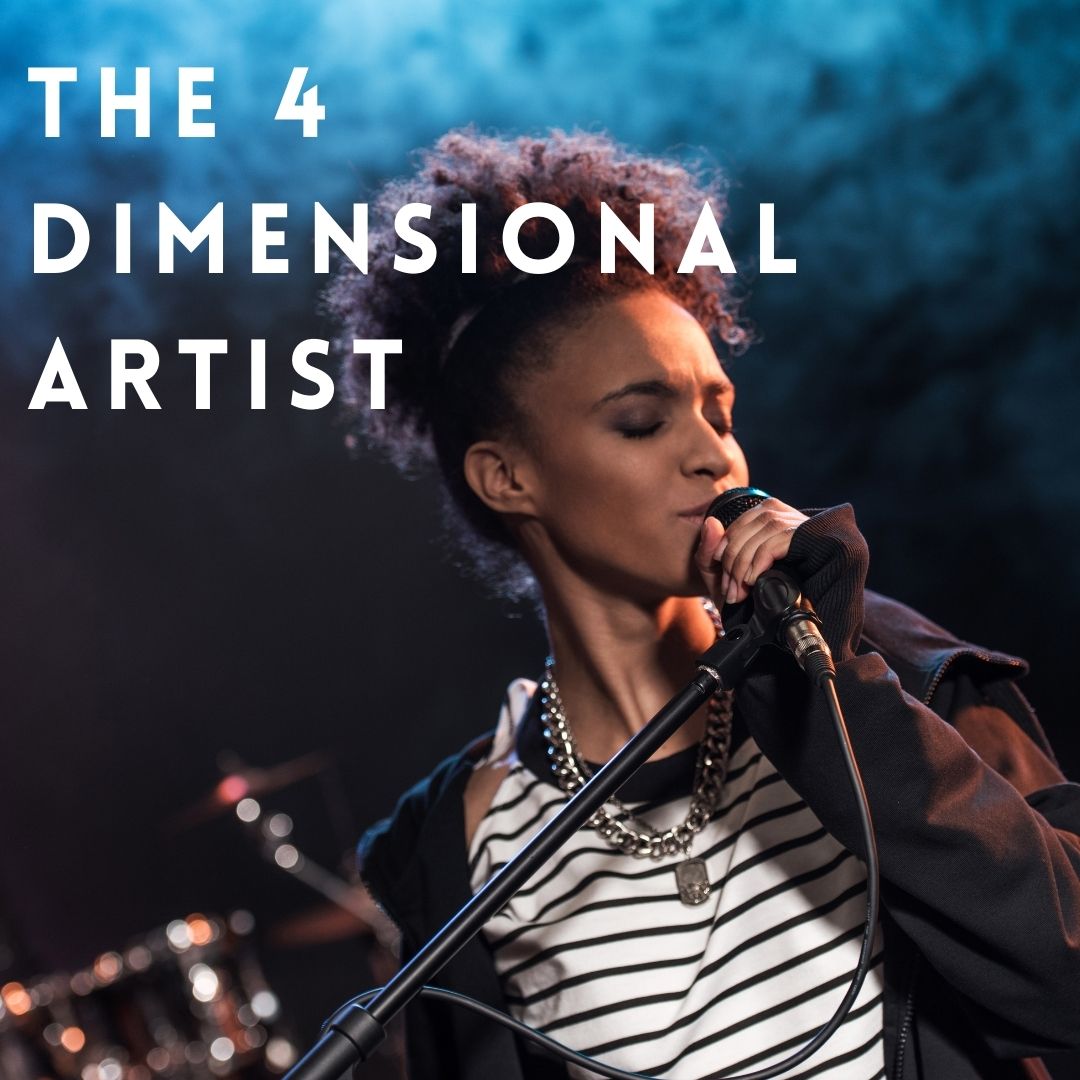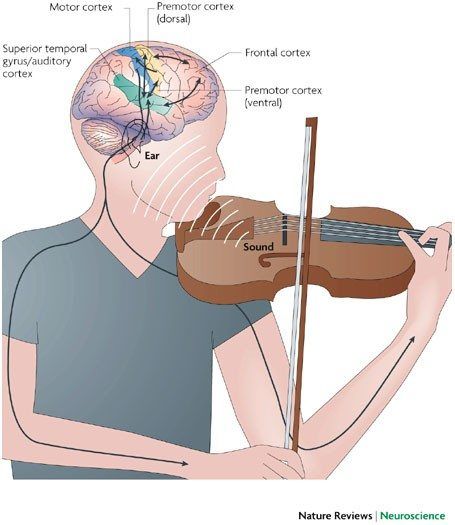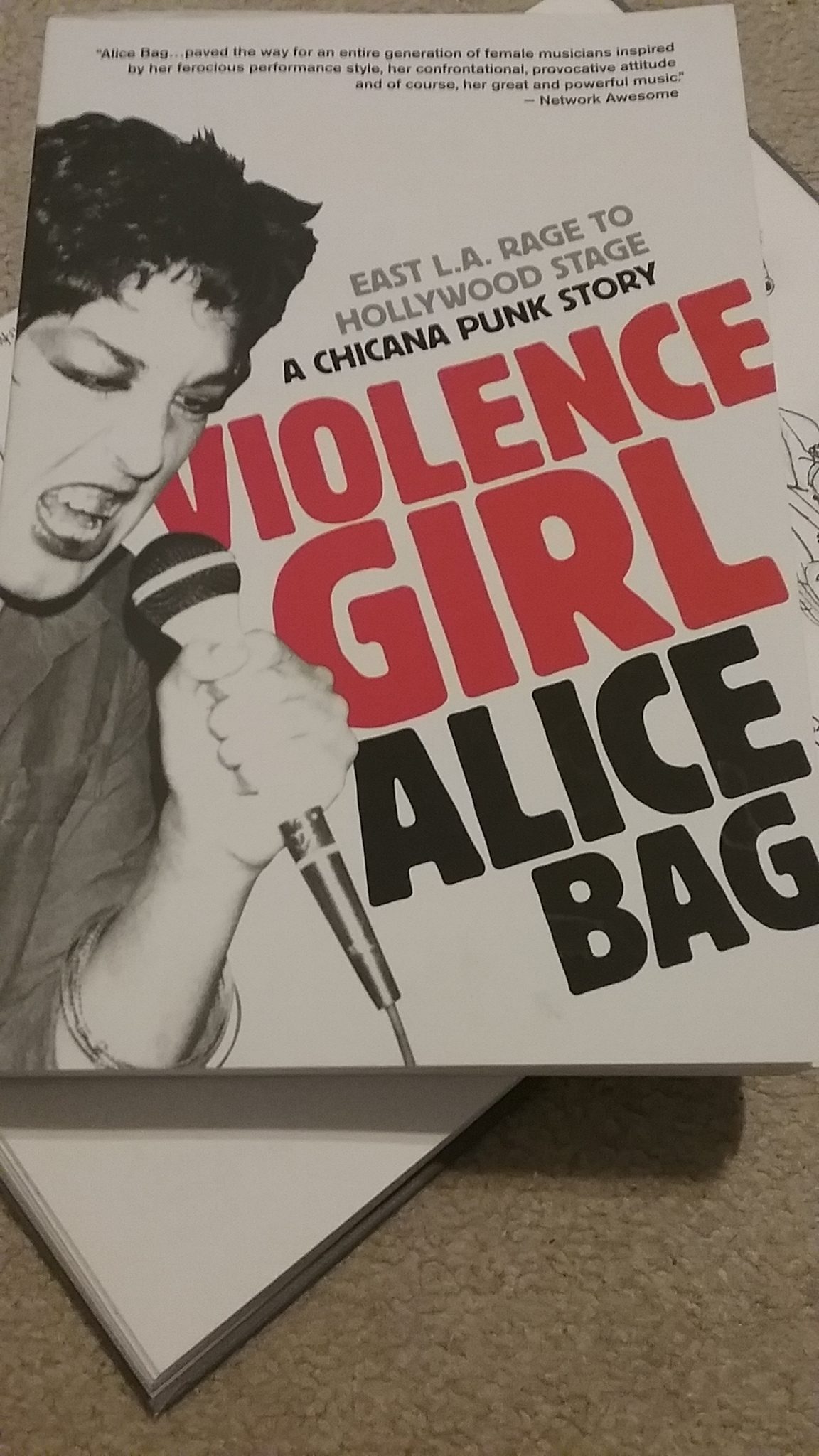
Tips for Tech
My last blog covered tips for touring, but before you truly hit the road, you have to get through tech. Which is hectic and stressful as you try to combine speakers, lights, sets, and props into an actual show.
The tech period is a progression of the show that slowly adds elements into the mix
First is load in with just the crew. Everything comes in from the various shops (lighting, sound, scenic) and you put it all together physically for the first time. Once things are mostly set up, lighting gets a day or two to focus (the rest of the crew will work on projects offstage or at FOH) and sound gets quiet time to tune the system, usually without any other crew in the building (love them dearly, but let’s face it, carps are always better at being unseen than unheard). Next is dry tech where the SM and the crew run through lighting transitions, scene changes, and automation moves without the actors, working through timing and how the SM will call the show. Then the actors leave the rehearsal studio to join the crew at the venue for cast onstage, teching the show with all elements except hair, wardrobe, and the orchestra. After a few days of that, the musicians get settled in the pit and are added to rehearsal for the last few days. Finally, you have the final dress rehearsals with all elements, including hair and wardrobe before you officially open!
It’s a grueling schedule with a lot that has to happen in a short amount of time. I’ve had some tech periods where I worked almost every day from 8 am to midnight for a month straight without a day off. I’ve done others where we had a practically luxurious 8-5 schedule with the rare treat of getting to see the sunset for a week or so before the actors got to the theatre.
Somehow, everything eventually comes together, but opening night seems like it’s very far away when you stand on an empty stage and hear the roll doors of the loading dock clatter open. Even then, opening night is a milestone, not the endgame. Your goal throughout all of load in and tech is to learn the show, learn the system, and get it ready to take on the road.
Assume that you won’t remember anything, so document everything
This is the one time where it’s okay to be glued to your phone as you take pictures of how speaker carts or cases pack, how cases line up in the truck, or mic placement in the pit (especially things like drums and percussion that can easily have twenty to thirty mics to set up).
When I take reference photos, I’ll try to get close-ups on things like speaker rigging and mic placements, but also have wider shots where you can see the entire drum kit, the full stage, or where the cluster truss hangs in the space, etc. Details are always good, but having photos of the big picture help establish context. I only take reference photos in tech for specific items, but I’ll take archive photos in every venue I go to: of the layout of the audience, my FOH set up, how I installed the system, where racks lived backstage, etc. When I go back to a theatre on a different tour, I have the photos from the last time I was there as a reference to jog my memory when I’m figuring out my plan for load-in.
Keep in mind that tech is the most time you have to spend with the design team
Once the tour’s out, someone from design might stop by for a day or two in a major market (LA, Chicago, DC, etc) or, if the show plans to run for several years, there may be plans to make regular checkups (say every 6 or 9 months), but that’s about it. So make sure to take advantage of the opportunity to get to know your designer. If you’re like me, making a point to spend time with someone for professional reasons feels disingenuous and presumptuous, something akin to greasy schmoozing rather than sincere conversation. It helps me to frame it as a genuine effort to build a relationship rather than a mercenary pursuit of future jobs. Plus, your designers also want to get to know you, not only to see if you’re someone who can take care of this show now, but if you’re someone they might want to work with in the future. I ended up moving from Les Mis to Saigon because I was a known entity to the design team. They felt more comfortable having me pass Les Mis, a show that was already up and running, off to another A1 and move over to Saigon so they didn’t have to gamble with bringing on someone unknown to start a show.
How you interact with your crew during tech will set up the tone for the rest of the tour
Especially with your A2. The A2 is backstage during tech while the rest of the sound team is at FOH, so make a point to include them when you can, usually during meal breaks and post-tech at the bar. This is something that might seem obvious, but that’s not always the case, which I, unfortunately, found out when I spent one tech as an A2 being routinely forgotten by the associate designer and production audio. That show was seven years ago, but the fact that I was made to feel inconsequential by design and unsupported by my A1 left a lasting impression. Now, if I have the opportunity to socialize with design, I try to make a point to invite my A2 or make sure they know where we’ll be for a meal break. That means the A2 has the opportunity for face time with the design team and hopefully conveys that I, as the A1, respect and appreciate their work and view us as part of a team.
Another overlooked aspect of tech is music
Usually, you have a keyboard in the house while the actors are on stage, then the full orchestra joins for the last couple days. However, several days before that, they’re somewhere in the theatre rehearsing (the lobby, a rehearsal room, etc). Whenever you have a moment, go and just listen: it’s one of the few times you have to hear what they sound like on their own. For the rest of the tour, you’re focusing on how they sound through the system or how they’re blending with the cast in the mix, or how inconveniently loud they are in the lobby during load-in while you’re trying to time the room. I’ll try to peek in for a moment during cast breaks onstage, even if it’s just listening to the MD give notes and work through a passage. Few people know the music better than the MD, and hearing how they explain things to the other musicians can give you a better understanding and appreciation of the music.
Finally, a few practical tips
- Have snacks on hand. Granola bars, nuts, chips, fruit, things that aren’t too messy and you don’t have to refrigerate. Because there will definitely be some days you choose the extra half hour of sleep over breakfast, but still want something to eat.
- Indulge in retail therapy. On a tough day, take a couple of minutes of your break to surf the web and buy yourself something small and fun. Not only does it get your head out of tech for a moment, but future you will enjoy getting a non-work-related package at the stage door! Personally, I love socks with cute or funny sayings, because I get the added benefit of choosing my mood via socks when I get dressed for the day!
- Bring something to read for Quiet Time. The designer will want to hear mics on stage and that goes much smoother if you have a newspaper or a website of fun facts to hand off to the person wearing the mic. No one wants to hear endless counting, and it’s hard to get a decent sound out of someone who’s self-conscious or doesn’t know what to say.
- Find time for the crew. Everyone gets that time with design is limited, but your crew is important too. Make a point to spend some time with them if you’re all out at the same bar or stop by and chat when you pass them backstage.
- Take time to streamline your system. If you have something you can tweak or set up to make moving the show easier, do it. You’ll have more time in tech and the production loadout than you will at any other point, so it’s worth taking that time to make sure whatever you’re doing is done right, or fix it if it isn’t.
- Remember to breathe. Even if things go wrong, nothing is the end of the world. Acknowledge and apologize if you need to, then fix it or ask for help. Everyone will appreciate it if you can own your mistakes and learn from them instead of making excuses or blaming others.
Tech is stressful and tiring, but it can also be fun. You’re meeting new people, taking on new challenges, and getting to mix a new show for the very first time. Enjoy the thrill and get some sleep when you can!

